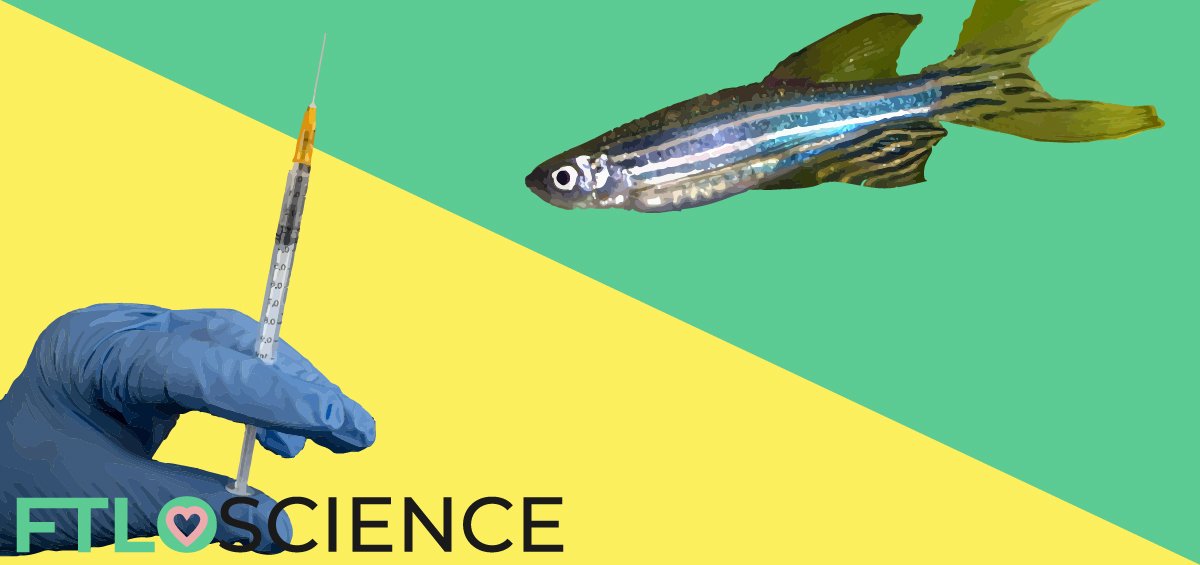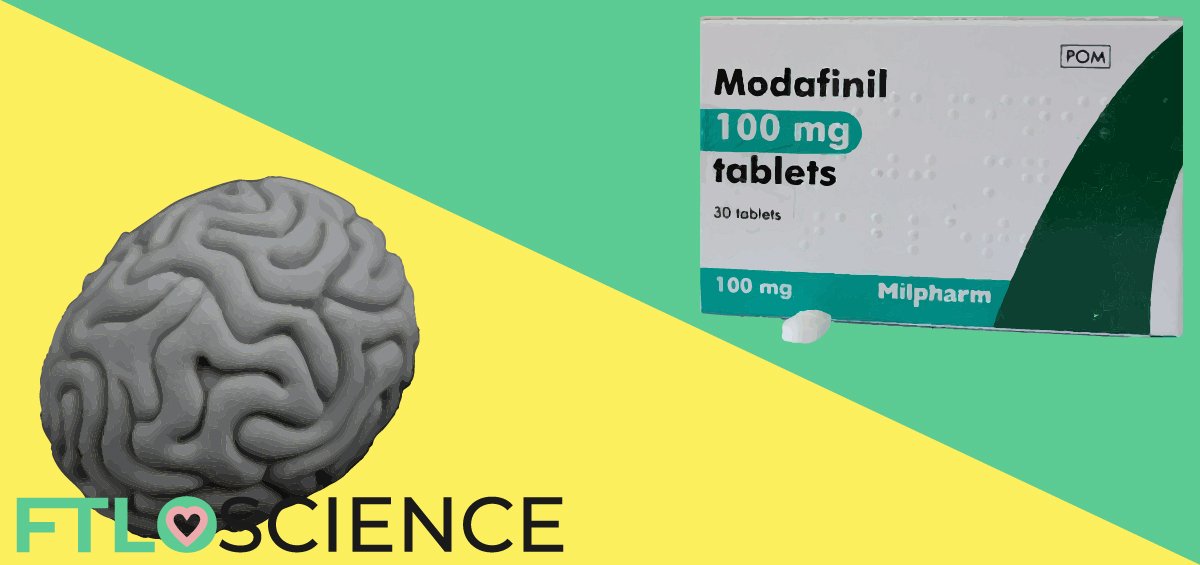“Such an exotic name!” you exclaim, “Surely it must be an elusive endangered African species that can only be found in two specific wetlands in the Congo Basin?” Well, the zebrafish is indeed exotic, but in a different context, the importance of which is far greater than one might bestow upon this little creature. Indispensable in medical research, they might even replace lab rats as the model animal of choice in the future.
An Introduction to Zebrafish
Lab mice have long been the perfect vertebrate model, accelerating clinical research in almost every field by providing a platform for predictive studies. Then this little fish swims along, carrying with them a package of remarkable assets that have made scientists fall seriously in love with them. Heck, we’ve even sent them into space.

The use of zebrafish (Danio rerio) as a laboratory model started in the 1960s, so they’ve actually been in labs for a while. These tiny fish are found in the wild throughout southeast Asia and kept as pets in aquariums. However, their genome was only fully sequenced back in 2013. They’ve never looked back since.
What’s the Big Deal?
Apart from being easy to breed and having incredible growth rates, these fish have a surprisingly similar genetic makeup compared to humans (84% of genes associated with human disease have a zebrafish counterpart1) which extends to them sharing all the major organs and tissues as us!
They were first a subject of scientific interest due to their transparent embryos making them ideal for developmental biology studies, allowing for their physiology to be studied using nothing more than a microscope.

Models of Disease
Heart Disease
It just so happens that similar pathways and genes that govern our heart are also responsible for switching on heart development in zebrafish embryos. Yet, in their larval stage zebrafish are able to regenerate their heart tissue. This remarkable ability is something that is being studied for its potential application in human tissue.
Zebrafish are also utilized in early medicinal chemistry programs. Huge libraries of many thousands of compounds that might be the next best drug for heart disease have been established, as with zebrafish they are very quickly screened to see if the compounds have an effect.
We can ‘switch’ on and off genes through cloning and observe how zebrafish re-grow vessels and repairs damage. The idea here is that if we could somehow switch the identical genes in humans on, we can also harness the ability for repair. For example, we can switch these genes on after a bout of illness such as a heart attack, enabling quicker recovery. Theoretically, such a technology would enable the development of a multitude of gene therapies that would allow us to live longer and healthier lives.
Various Forms of Cancer
The last few decades have seen a huge increase in cancer research, with more and more funding pouring in to accelerate this area of study. Inducing cancer in fish is relatively easy; it can be as simple as dissolving carcinogens in their water for extended periods of time.
Zebrafish are special, however, in that even adult fish are small and transparent enough such that fluorescent markers can be introduced into its body. This allows for incredible visualization of its organs or tumors in real-time in a living fish.

Zebrafish tumors are also expressed similarly to human ones, along with being fully transplantable and able to be genetically mapped. The mapping of zebrafish oncogenes has already been the driving force behind the identification of several cancer-causing mutations in humans. They have been used to create models of a range of cancer types, including melanoma, leukemia, pancreatic cancer and hepatocellular carcinoma2.

Future of Preclinical Research
This article only scratches the surface of what zebrafish research has uncovered so far. The possibilities for further studies are endless. While the mouse is the go-to disease model in preclinical trials (owing to the existing tools that have been developed over the years), it might not be long before zebrafish research catches up and becomes a mainstay in the drug development process.
Being easily handled, bred and studied while possessing a remarkably similar genetic makeup when compared to humans, the zebrafish is definitely a winner in the field. What a fascinating little creature!
Reference
- Howe, K., Clark, M. D., Torroja, C. F., Torrance, J., Berthelot, C., Muffato, M., … & McLaren, S. (2013). The zebrafish reference genome sequence and its relationship to the human genome. Nature, 496(7446), 498-503.
- Liu, S., & Leach, S. D. (2011). Zebrafish models for cancer. Annual Review of Pathology: Mechanisms of Disease, 6, 71-93.
- Amatruda, J. F., Shepard, J. L., Stern, H. M., & Zon, L. I. (2002). Zebrafish as a cancer model system. Cancer cell, 1(3), 229-231.
About the Author

Sean is a consultant for clients in the pharmaceutical industry and is an associate lecturer at La Trobe University, where unfortunate undergrads are subject to his ramblings on chemistry and pharmacology.




